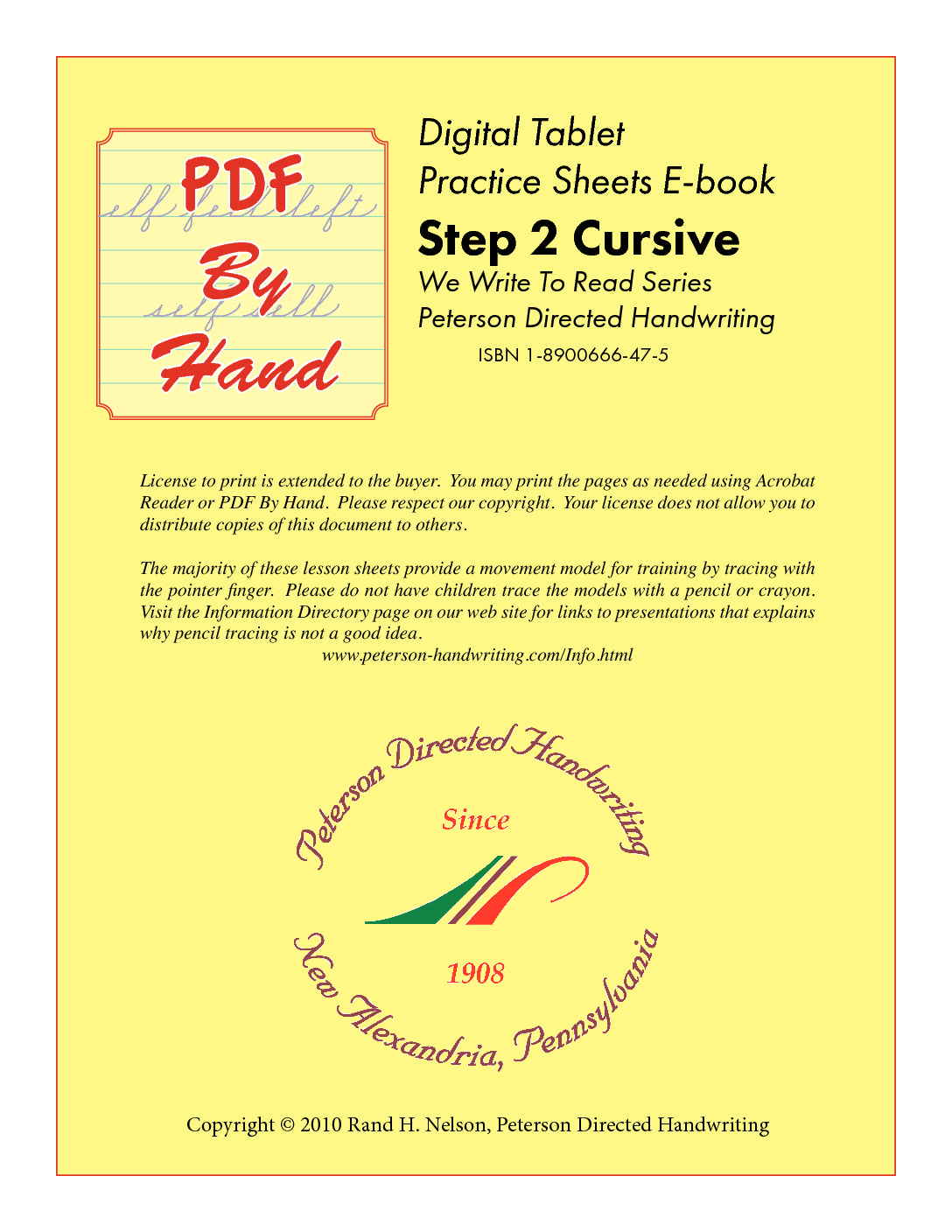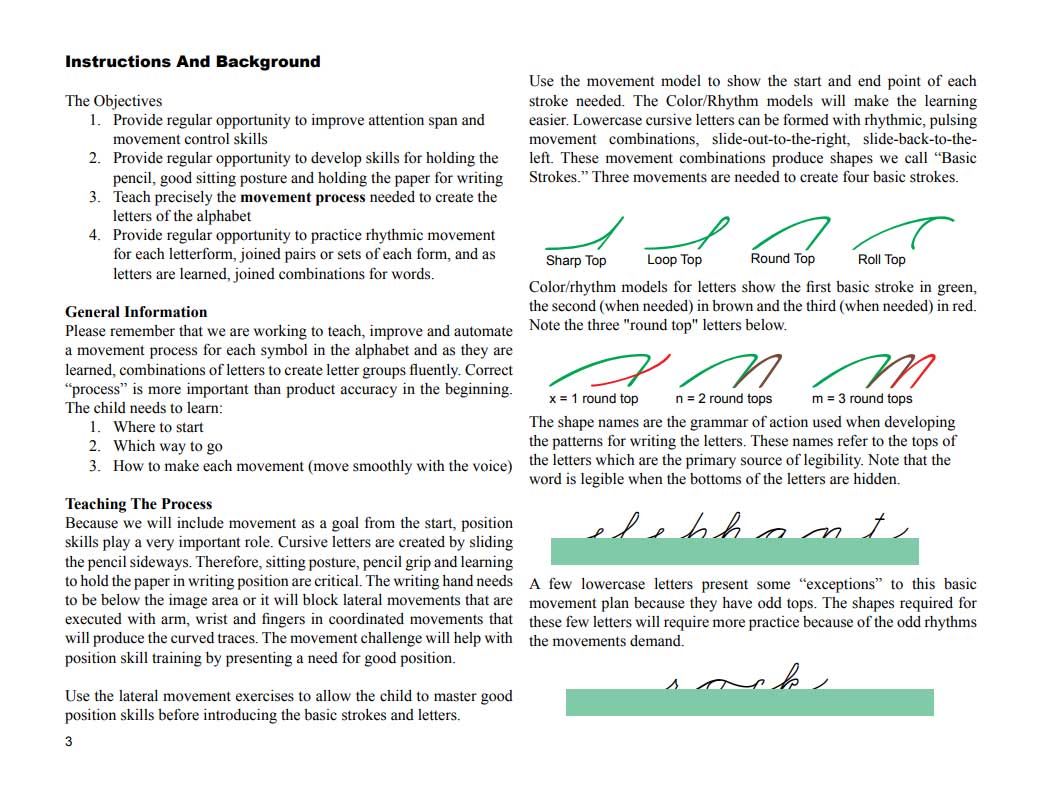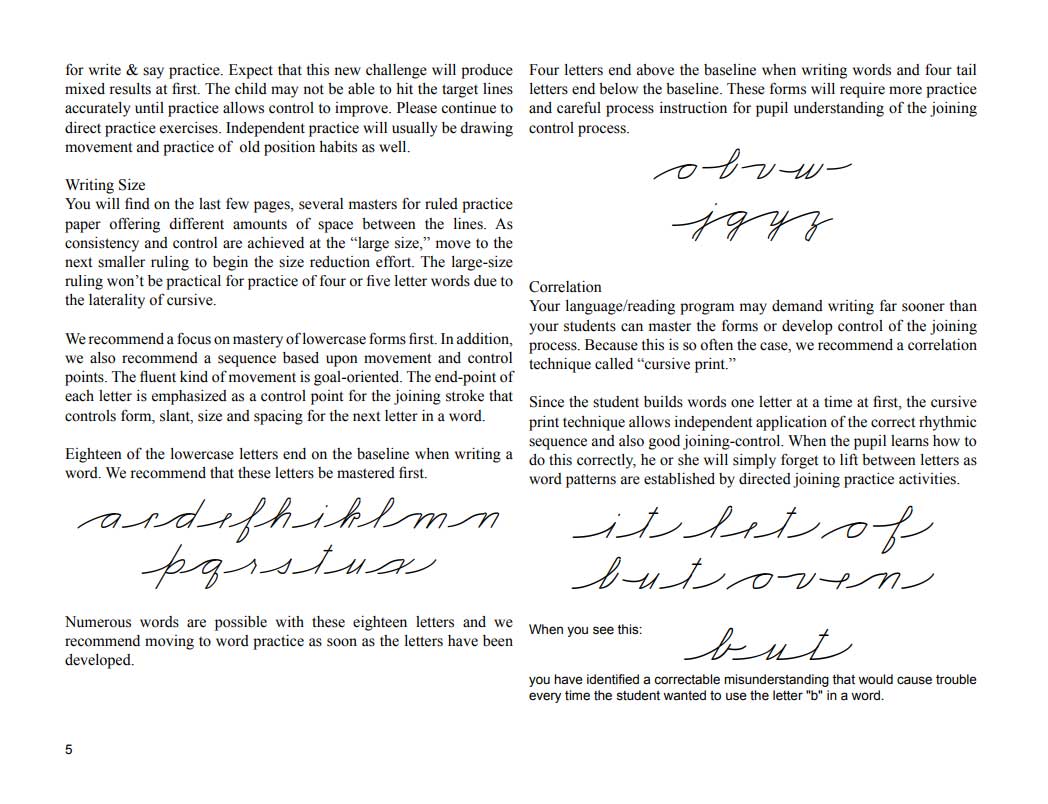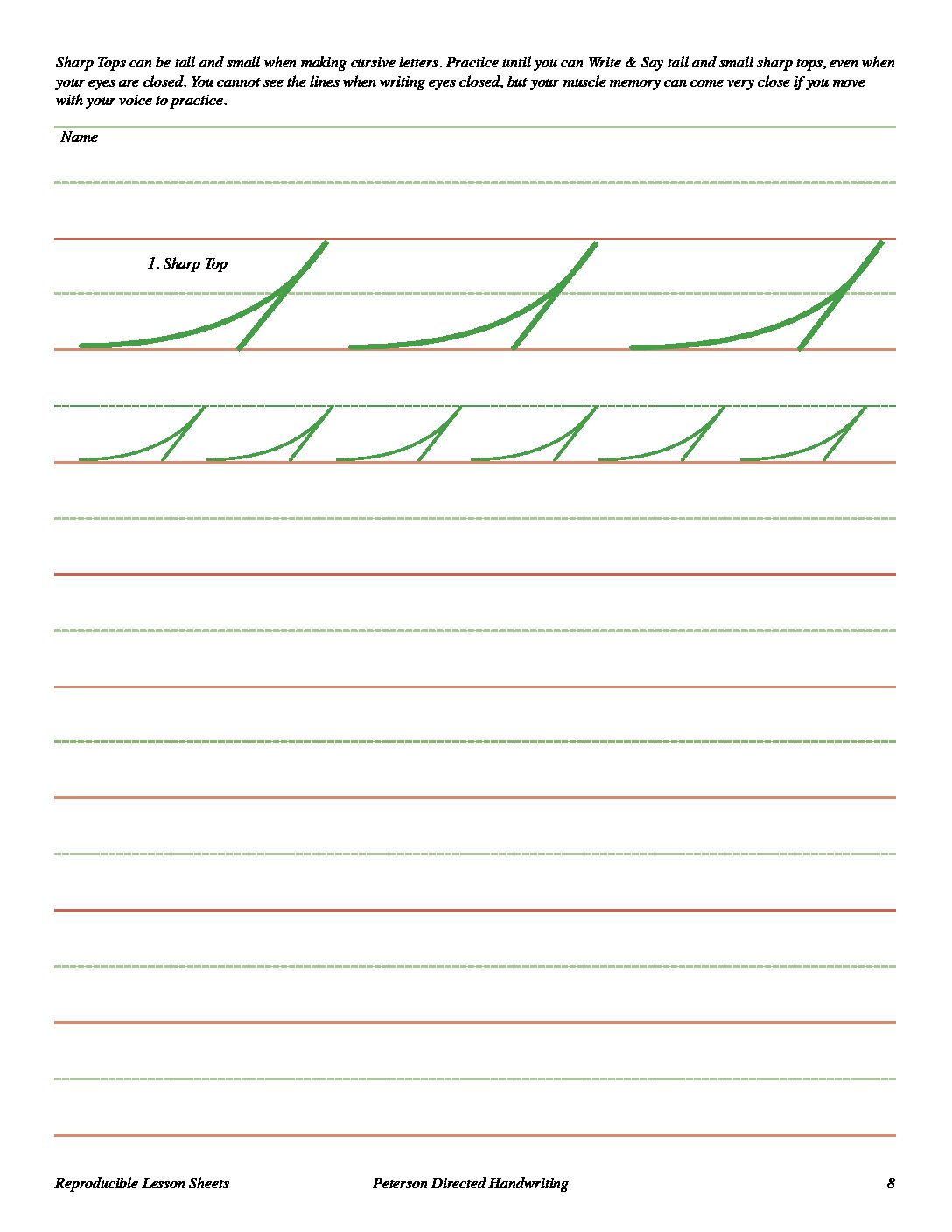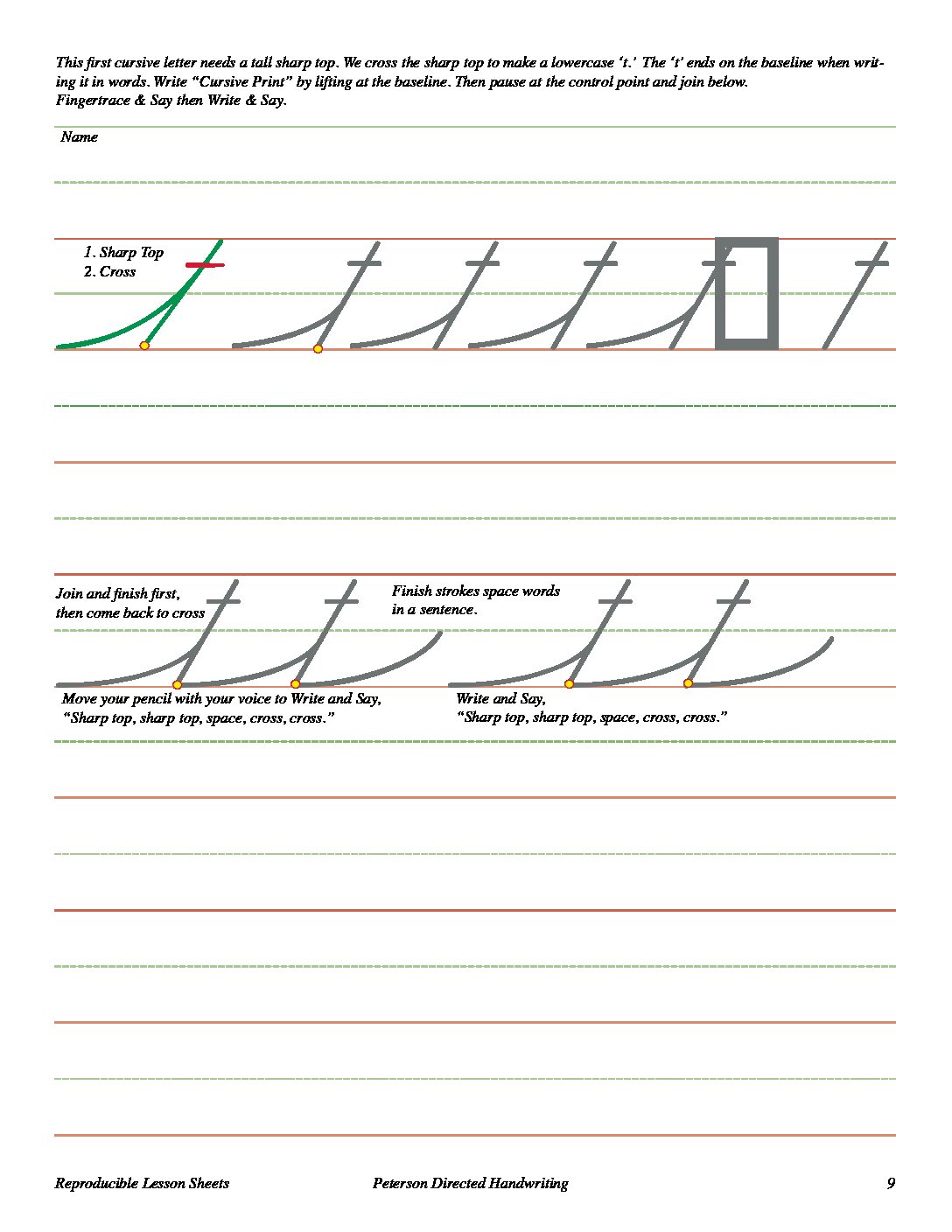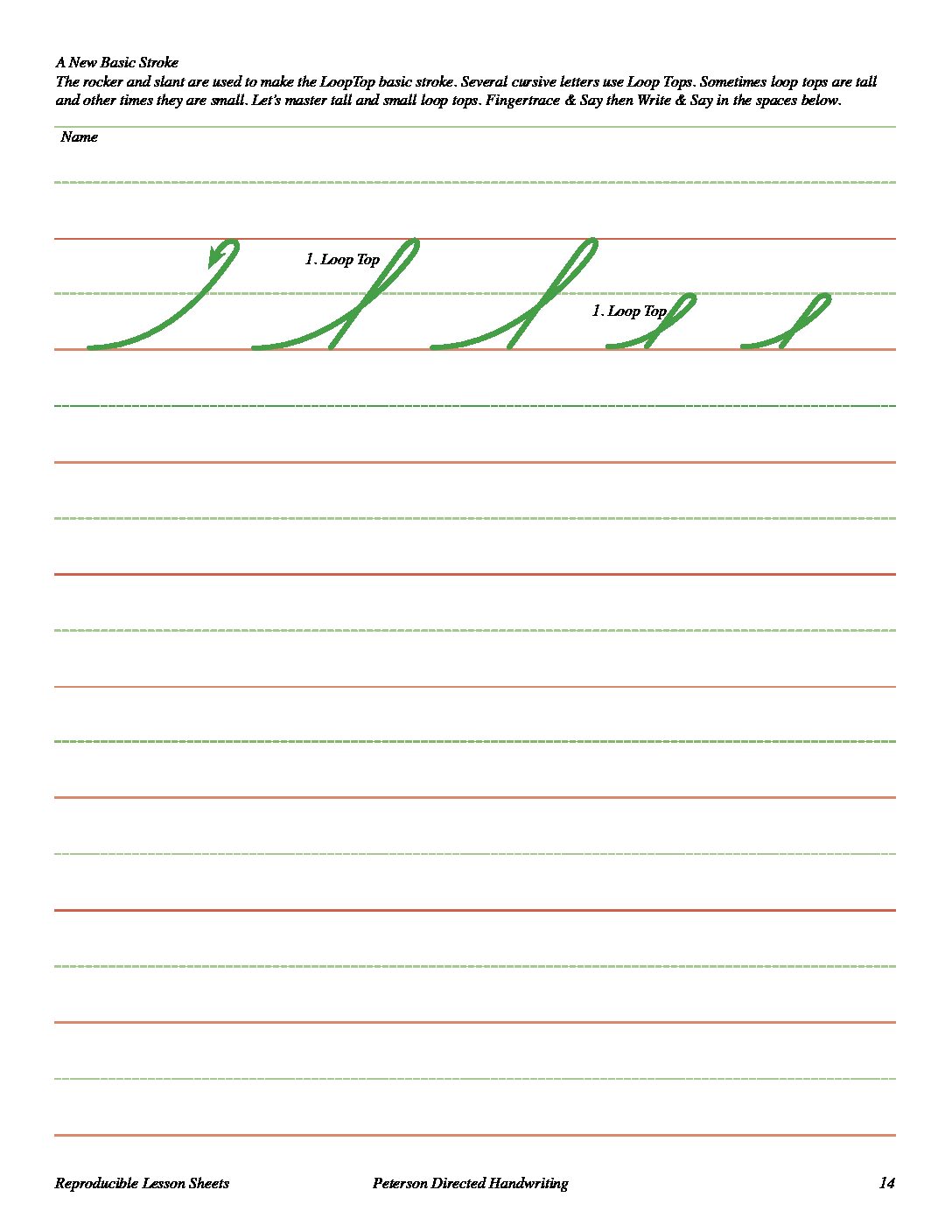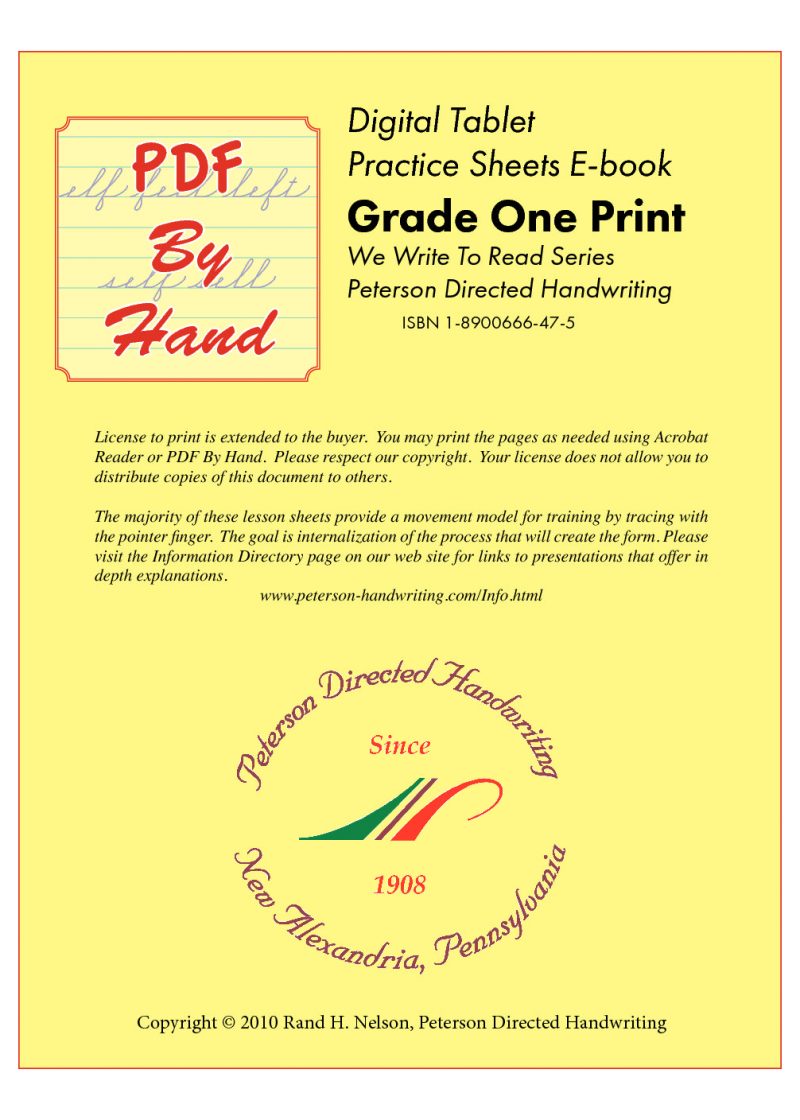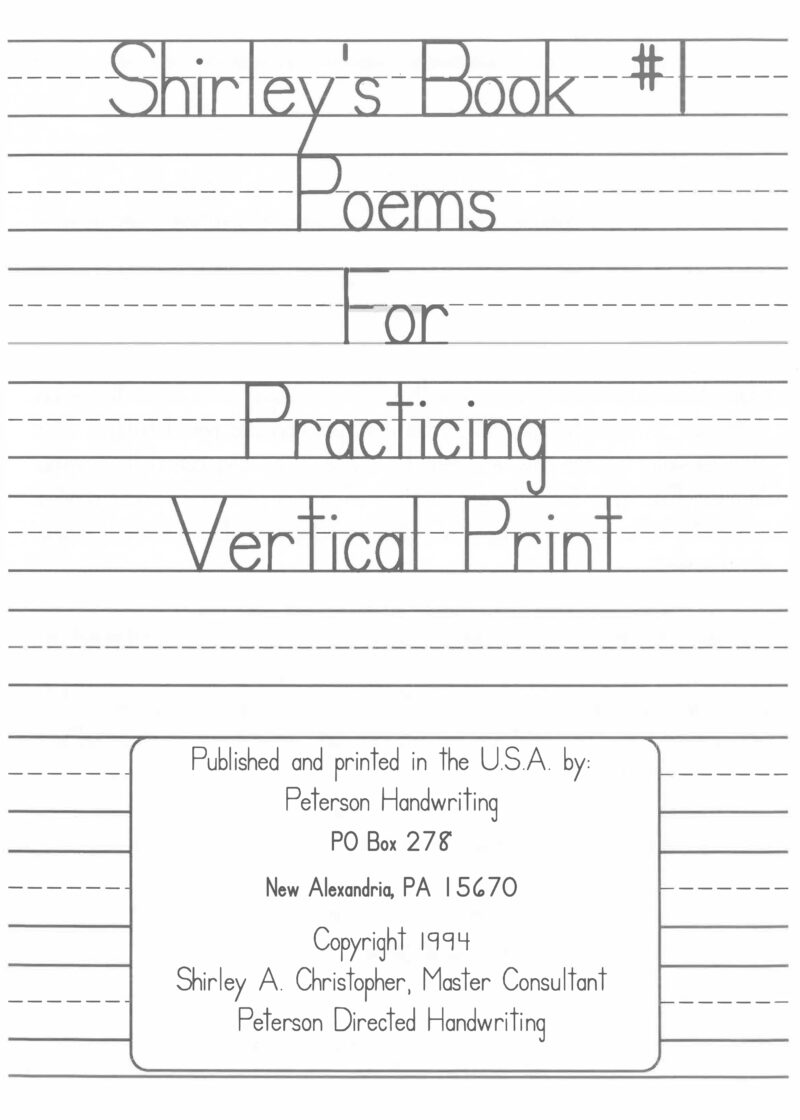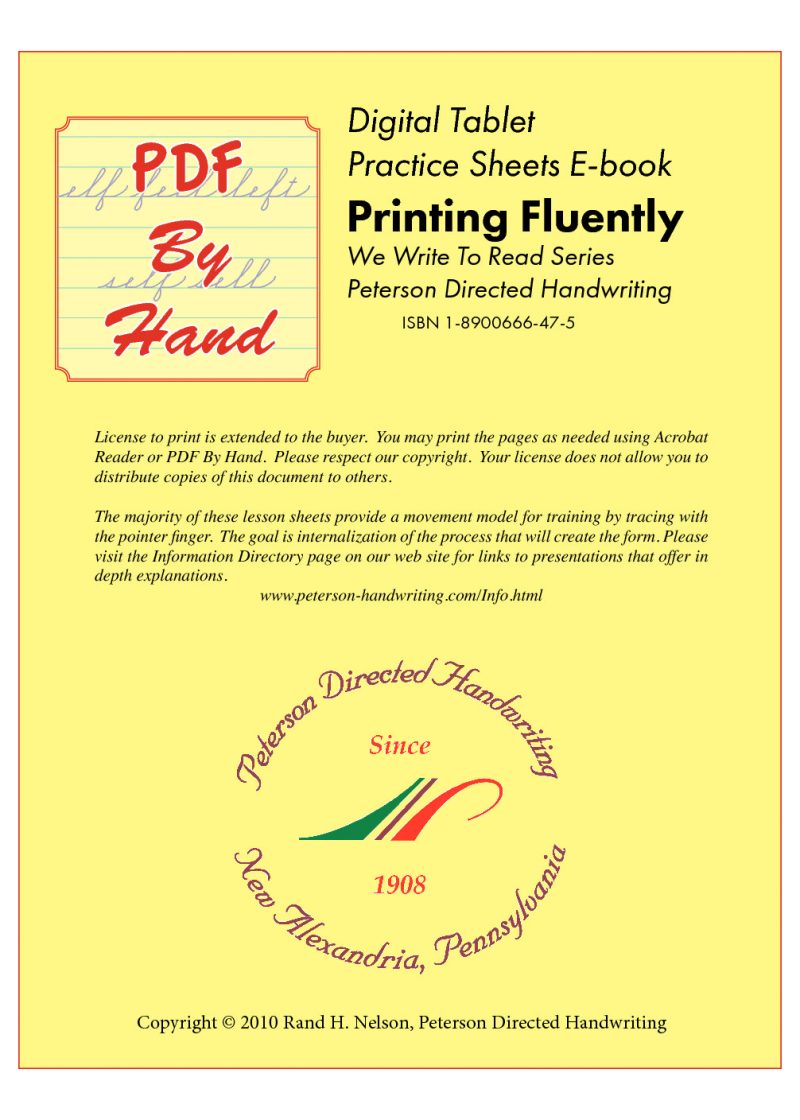E-Workbook – Cursive Step 2 Individual License
$39.99
Cursive Step Two provides 59 pages including teacher information. PRACTICE pages provide models and practice space. The page sequence is based upon related movements and is designed for use in a daily exercise session aimed at improving letter fluency and establishing understanding of joining control concepts. Regular short daily exercise sessions will bring far better success than longer sessions widely spaced.
The Color/Rhythm movement models exaggerate the letter-production process making it easier to learn how to move smoothly. PLEASE DO NOT HAVE CHILDREN TRACE MODELS WITH A PENCIL OR CRAYON. The movement challenge will help with correction of poor position, particularly when good position skills are reinforced in applied work. Take the directed practice strategy into your spelling and vocabulary lessons and greatly enhance the learning rate for new words.
Teach the student to hold the page in writing position and use the pointer finger to trace the movement model. Cursive strokes are produced with lateral movements. Position skills are critical for control of fluent movements. Recite the Action Words, Count or Colors aloud and move with the voice. The challenge to move smoothly with the vocal when finger-tracing, air-writing and with the pencil on the practice page, greatly enhances the internalization process.
Recite and write huge letters in the air with various muscle groups for initial gross patterning and to get the students moving with the voices. Finger-trace the movement model again. Then pick up the pencil to Write And Say on the practice page. The goal is to move the pencil with the voice. The voices indicate that the child is practicing the right kind of movement. Count or spell aloud to include movement in word practice.
The pupil that is unable to recite as strokes are produced, needs help to overcome the movement problem. To move smoothly, the child must learn to look ahead to goals within the sequence. The color separations in the movement models enhance that learning. Control of fluent movement improves with rhythmic practice resulting in more accurate product. Independent practice rarely includes smooth movement as a goal. Until the patterns are well established, practice must be “directed” to include the fluency challenge. It is that challenge that enhances internalization.

